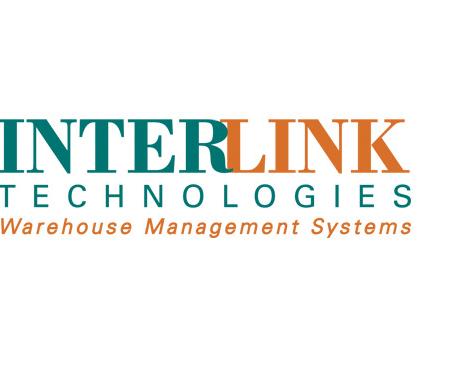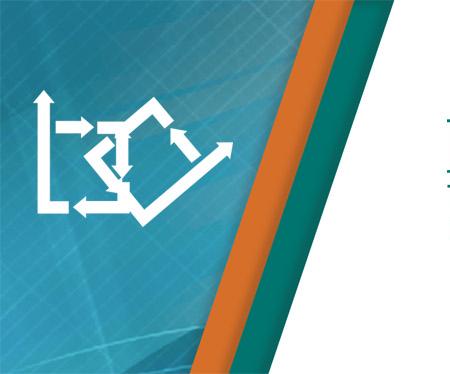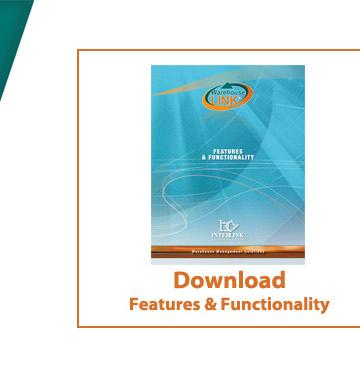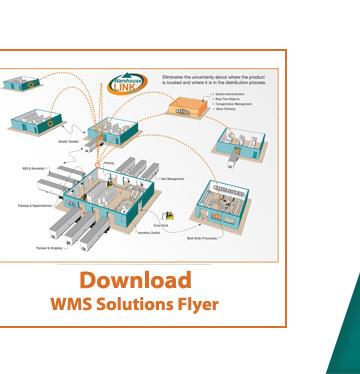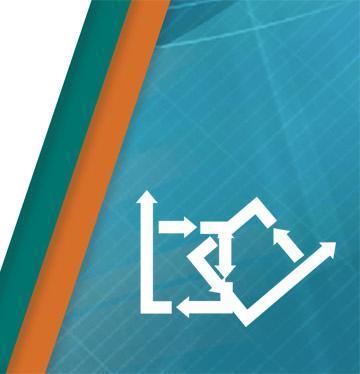Warehouse Management, Execution, and Control Systems (WMS, WES, WCS)
Warehousing literature can be confusing, but in a nutshell, WES is the new slang for what the industry and Interlink refer to as Manufacturing or Work Order Processing. WCS is slang for real-time integration with material handling systems that provides warehouse user directives.
A true, full-bodied Warehouse Management System (WMS), such as Interlink’s Warehouse-LINK®, will include the functionality of Warehouse Execution Systems (WES) and Warehouse Control Systems (WCS). These bolt-on systems emerged to fill gaps in incomplete or immature WMS.
Interlink’s functionality within Warehouse-LINK® provides real-time user directives and real-time material handling equipment integration with equipment such as conveyors, sorters, carousels, picking systems, dispensing systems, and other material handling control systems etc. Warehouse-LINK® also provides a fully integrated Bill of Material (BOM) and Work Order Processing functionality for a complete WMS solution. WES and WCS are avoidable add-on expenses in warehouse management.
At Interlink there is an expression that holds true, "It's hard to make it look easy." Interlink's business model includes all of the tools you need to manage the warehouse and beyond. In addition to WES and WCS Warehouse-LINK® includes a TMS (Transportation Management System) and YMS (Yard Management System). The pieces of a WMS can be broken out, but when it comes to fluid management, Interlink’s Warehouse-LINK® WMS includes all of the pieces in one system.
For further definitions of terms used, the Wikipedia definitions for Warehouse Management System, Warehouse Execution System (WES), Warehouse Control System (WCS) and Warehouse Management System are as follows:
A Warehouse Management System (WMS) is a software application, designed to support warehouse or distribution center management and staff. They facilitate management in their daily planning, organizing, staffing, directing, and controlling the utilization of available resources, to move and store materials into, within, and out of a warehouse, while supporting staff in the performance of material movement and storage in and around a warehouse.
Warehouse Execution Systems (WES) are computerized systems used in distribution operations (Logistics) and are functionally equivalent to a manufacturing execution system or MES. Distribution operations are a form of a manufacturing operation that receive, store and track inbound material and then select and combine (assemble) various materials to form a finished product, order, or shipment.
Features of both a WES and MES track and control work process. WES software organizes, sequences and synchronizes work resources necessary to complete the assembly and shipment of finished product. WES works in real time to enable the control of multiple elements of the production process (e.g. inputs, personnel, machines and support services) where changing conditions in one work process may require changing the directions of upstream or downstream processes (reactive).
The WES is an intermediate step between an enterprise resource planning (ERP) system, warehouse management system WMS and the resources necessary to perform the various tasks. These resources include workers as well as process control systems. The WES communicates with resources to collect information and direct work effort.<br "
A Warehouse Control System (WCS) is a software application that directs the real-time activities
within warehouses and distribution centers (DC). As the “traffic cop” for the warehouse/distribution center, the WCS is responsible for keeping everything running smoothly, maximizing the efficiency of the material handling subsystems and often, the activities of the warehouse associates themselves. It provides a uniform interface to a broad range of material handling equipment such as AS/RS, carousels, conveyor systems, sorters, palletizers, etc. The primary functions of a WCS include:
• Interfacing to an upper level host system/warehouse management system (WMS) and exchanging information required to manage the daily operations of the distribution center.
• Allocating work to the various material handling sub-systems to balance system activity to complete the requested workload.
• Providing real-time directives to operators and material handling equipment controllers to accomplish the order fulfillment and product routing requirements.
• Dynamically assign cartons to divert locations based on defined sortation algorithms or based on routing/order information received from the Host (if applicable).
• Generate result data files for reporting and/or upload by the Host system.
• Operational screens (graphical user interface) and functions to facilitate efficient control and management of the distribution warehouse.
• Collect statistical data on the operational performance of the system to enable operations personnel to maintain the equipment in peak performance.
